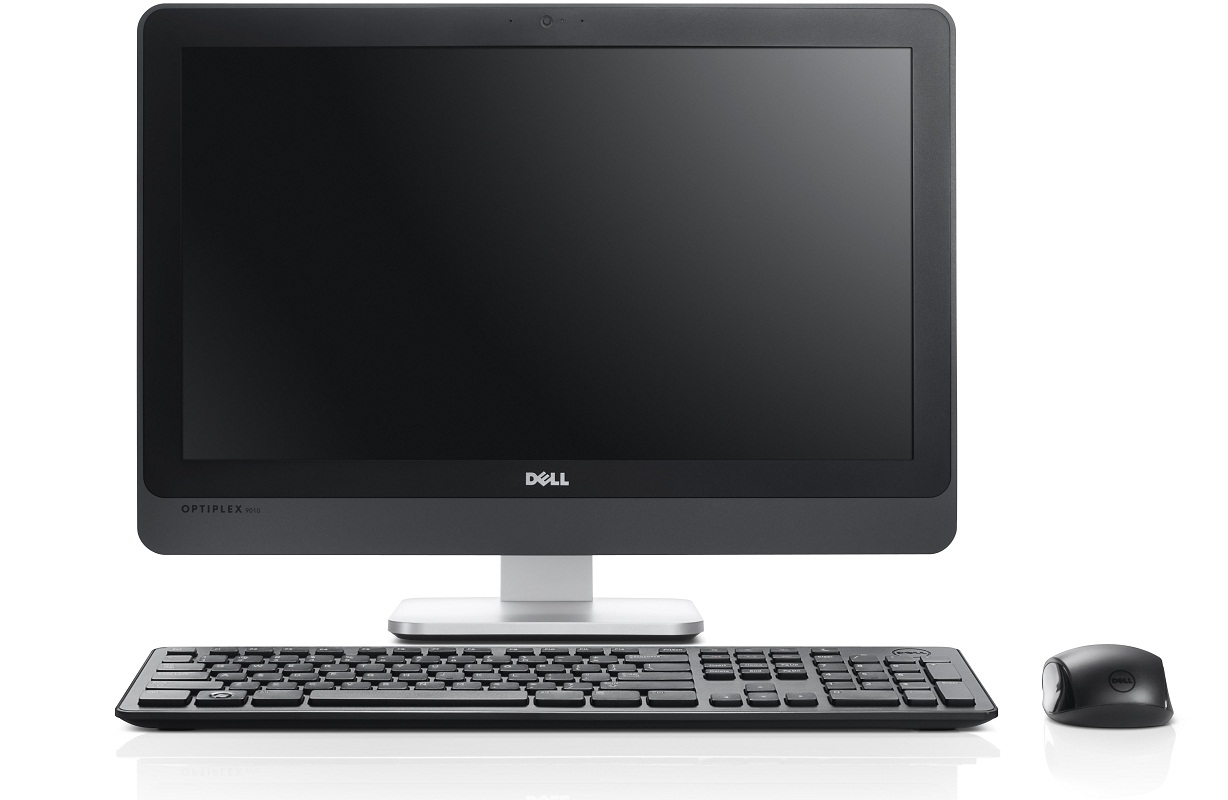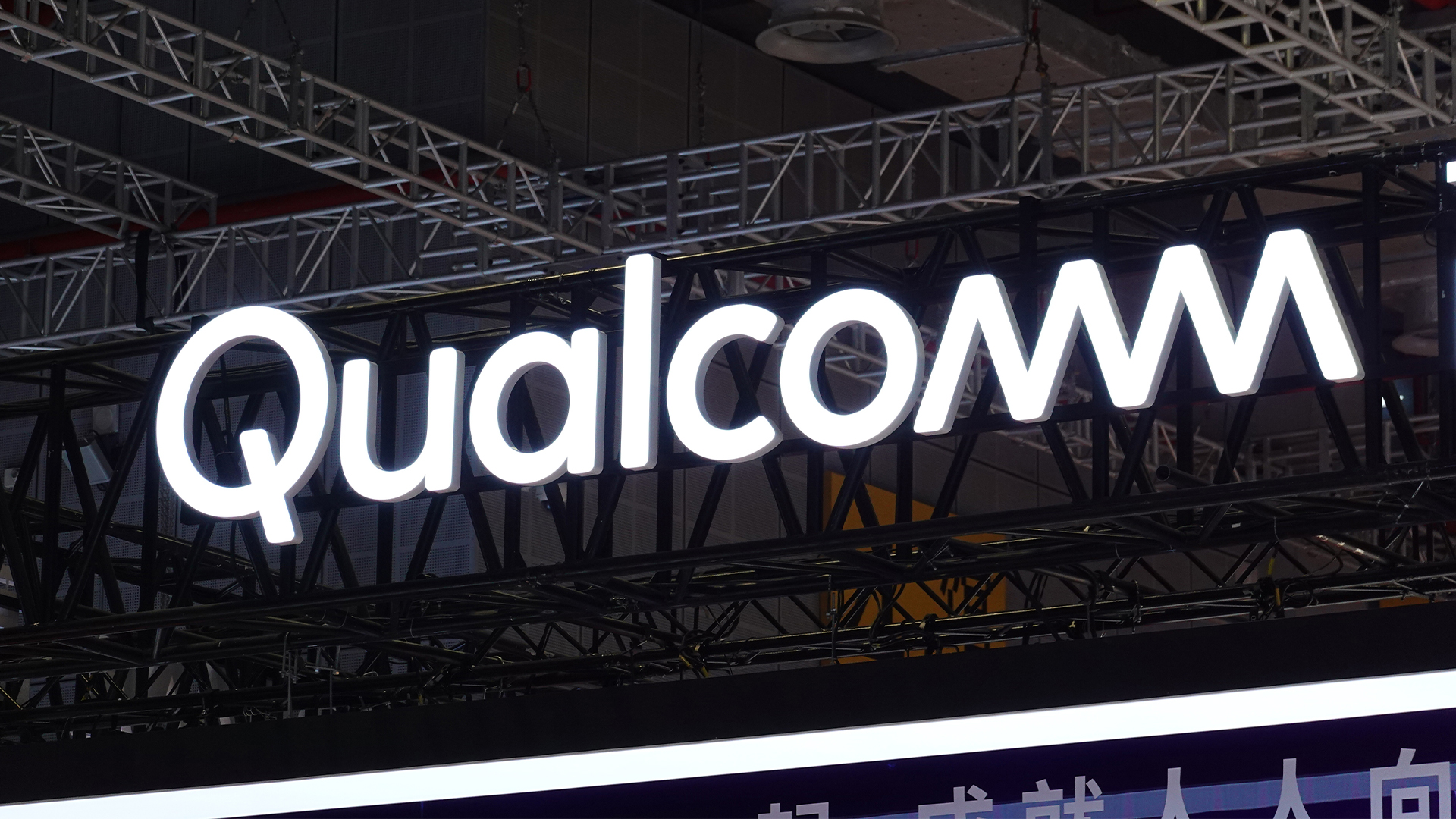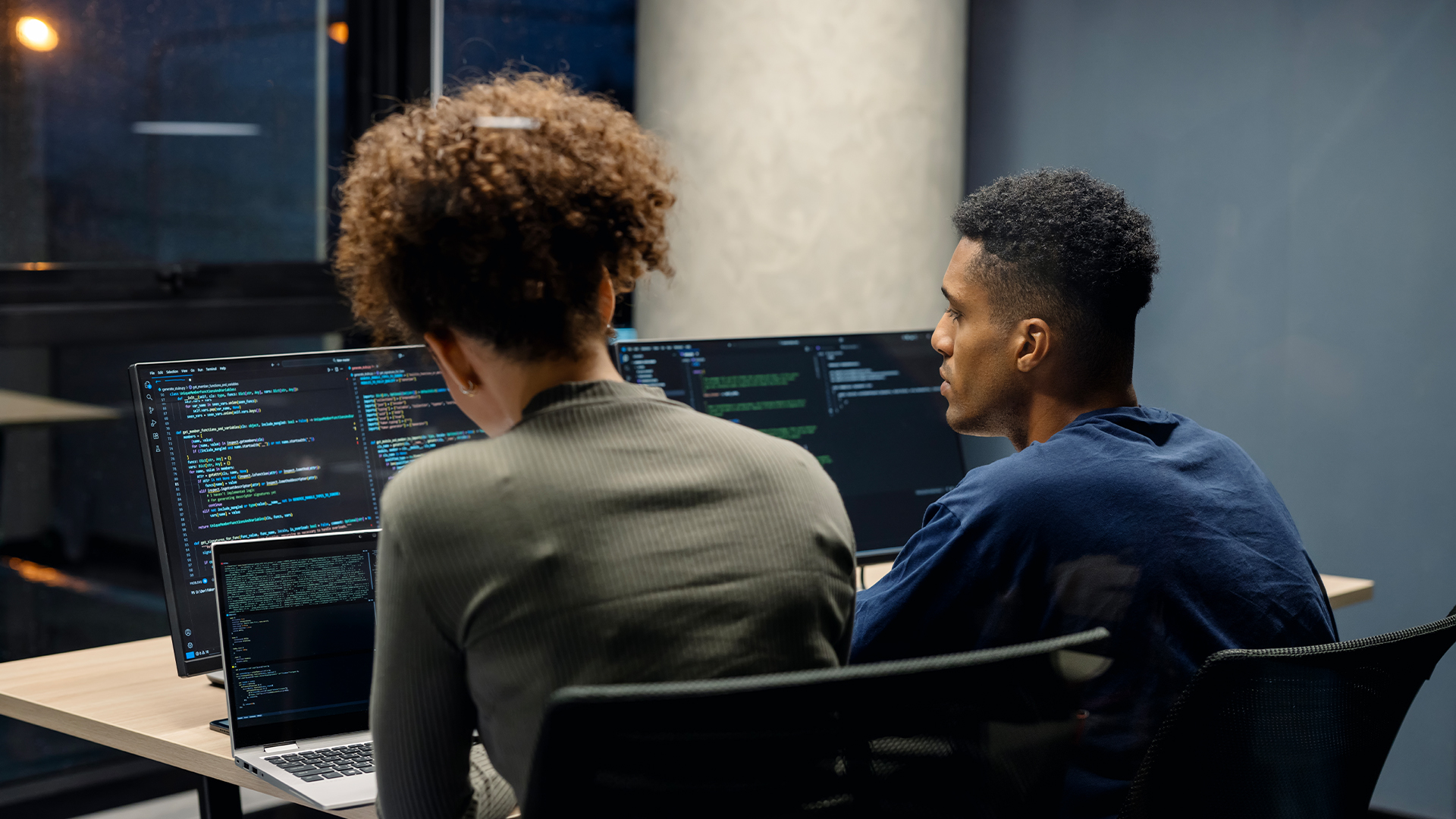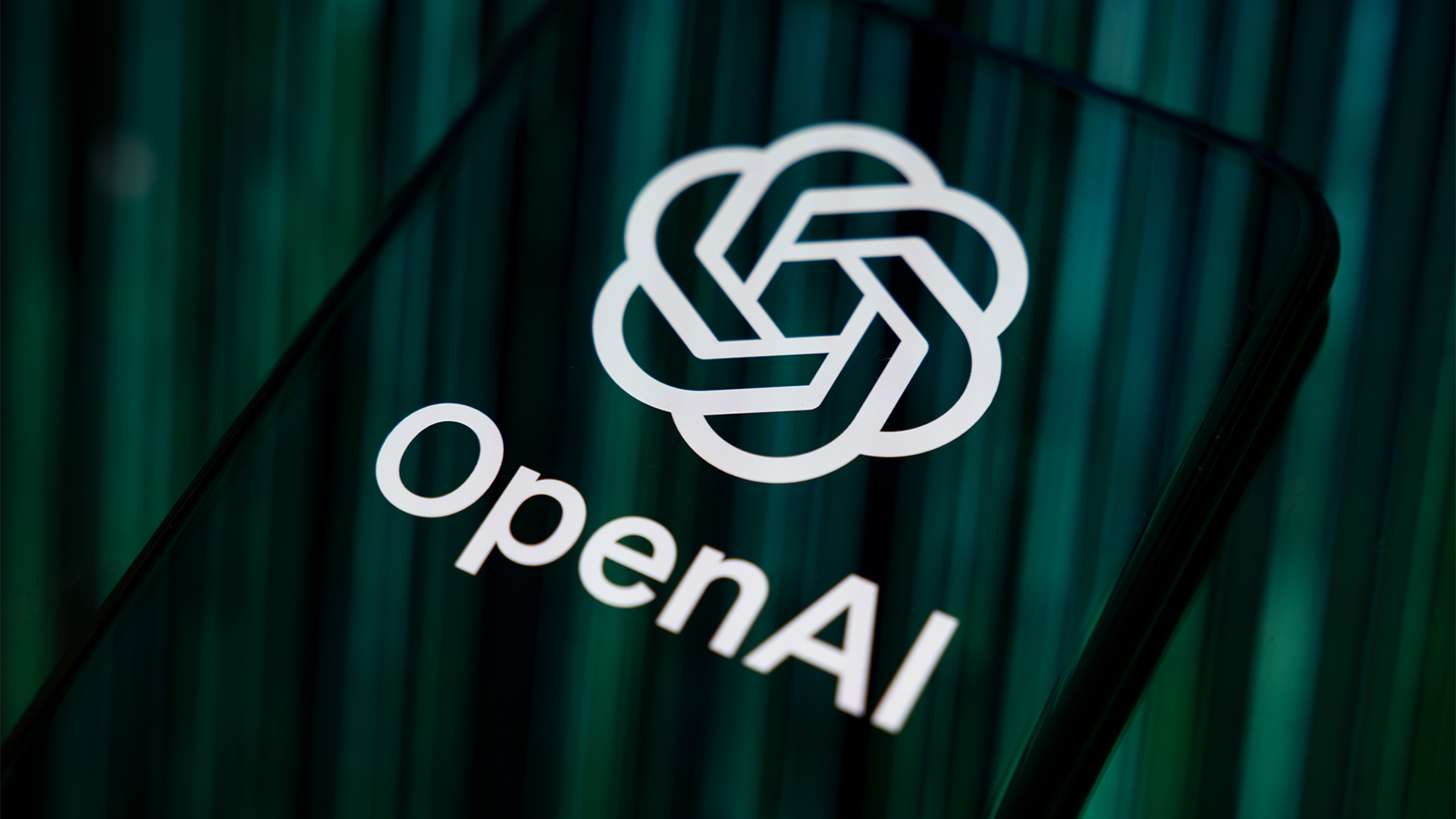Dell Optiplex 9010 review
Dell tries to provide enterprise users with an all-in-one business machine in the form of the Optiplex. Can the 23in device de-throne the popular iMac range?
There’s plenty to like about Dell’s office-bound all-in-one, from its good screen and solid build quality to its powerful performance, at least when it comes to applications. It’s not cheap but, if you’re after a business all-in-one, the performance and versatility make it worthwhile – just make sure the Apple iMac isn’t a better option first.

Not many companies have attempted to crack the all-in-one business market, but we can see why these machines could prove attractive: enough power, good screens, a smaller desktop footprint and improved efficiency thanks to a reliance on mobile components.
On the outside
Dell is the latest company to try and bring all-in-ones to the office with the Optiplex 9010. It makes a fine first impression with design which is a far cry from Lenovo's dour rivals: the metallic stand and black bezels make for a system which is both laid back and extremely smart. It won't challenge the iMac when it comes to style, but it's far better-looking than many of its rivals.
Build quality is superb throughout, too. The plastic coating is strong, and there's no give around any of the Dell's hinges and seams. There are little surprises when it comes to ports; the AIO packs four USB 3 ports and four USB 2 ports together with two PS/2 sockets, HDMI and D-SUB outputs.

The screen itself isn't a touch model but, the pre-installed Windows 7 isn't optmised for swiping or prodding so it's not a big issue. Dell has included a 1,920 x 1,080, 23in panel which serves up consistently good quality. An average Delta E of 3 is excellent, with the only real deviation from this norm a slight push towards green tints on lighter areas - something which is only noticeable if you're doing precise colour work and, even then, a professional screen is a better bet.
The screen's 274cd/m2 brightness level makes for a bright panel which doesn't sear the retinas, and the contrast ratio of 1,053:1 is excellent. It's no iMac or HP Z1, then, but the Optiplex boasts an impressive screen which is up for most tasks aside from the most demanding graphical applications.
Sign up today and you will receive a free copy of our Future Focus 2025 report - the leading guidance on AI, cybersecurity and other IT challenges as per 700+ senior executives
Mike Jennings has worked as a technology journalist for more than a decade and has been fascinated by computers since childhood, when he spent far too long building terrible websites. He loves desktop PCs, components, laptops and anything to do with the latest hardware.
Mike worked as a staff writer at PC Pro magazine in London for seven years, and during that time wrote for a variety of other tech titles, including Custom PC, Micro Mart and Computer Shopper. Since 2013, he’s been a freelance tech writer, and writes regularly for titles like Wired, TechRadar, Stuff, TechSpot, IT Pro, TrustedReviews and TechAdvisor. He still loves tech and covers everything from the latest business hardware and software to high-end gaming gear, and you’ll find him on plenty of sites writing reviews, features and guides on a vast range of topics.
You can email Mike at mike@mike-jennings.net, or find him on Twitter at @mikejjennings
-
 Qualcomm the data center with $2.4 billion Alphawave Semi acquisition
Qualcomm the data center with $2.4 billion Alphawave Semi acquisitionNews The move sees Qualcomm absorb Alphawave Semi’s portfolio of custom silicon, high-speed connectivity solutions, and chiplets
By Daniel Todd Published
-
 ‘If software development were an F1 race, these inefficiencies are the pit stops that eat into lap time’: Why developers need to sharpen their focus on documentation
‘If software development were an F1 race, these inefficiencies are the pit stops that eat into lap time’: Why developers need to sharpen their focus on documentationNews Poor documentation is a leading frustration for developers, research shows, but many are shirking responsibilities – and it's having a huge impact on efficiency.
By Ross Kelly Published
-
 OpenAI says GPT-5.2-Codex is its ‘most advanced agentic coding model yet’ – here’s what developers and cyber teams can expect
OpenAI says GPT-5.2-Codex is its ‘most advanced agentic coding model yet’ – here’s what developers and cyber teams can expectNews GPT-5.2 Codex is available immediately for paid ChatGPT users and API access will be rolled out in “coming weeks”
By Ross Kelly Published
